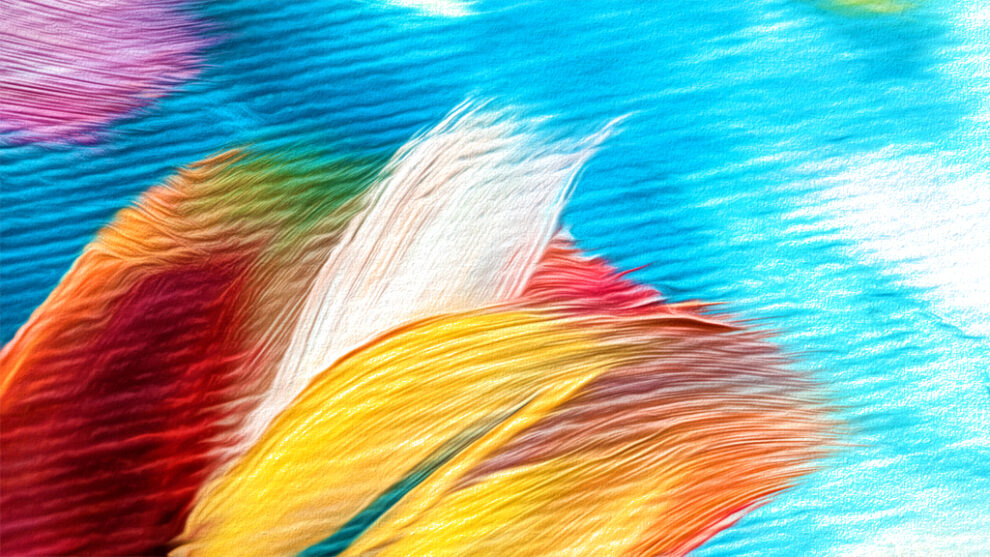Creating new photographs is an incredibly exciting thing. I think at one time or another, we’ve all rushed home with our digital negatives to process them quickly because we’re just so eager to show them to the world. And that excitement is wonderful—we should be excited about our photography. It’s that kind of passion that breathes life into it and that keeps us producing more and more photographs.
But you can also think of photography like good cheese. Or perhaps even a glass of fine wine. I'm not a wine drinker, but I find this interesting—Vintners age wine to perfection—and sometimes those century-old bottles sell for a small fortune. As it matures, the flavor improves, and it becomes a highly sought-after vintage.
We can apply this concept to photography, too. Photographs are best when they’ve been properly aged, so to speak.
But what does aging a photograph mean?
Well, it means avoiding the post-processing and sharing of the image on the day—or even during the week—that you’ve taken it. Rather, when you age a photograph, it means that you spend time with it. Let it fully develop. Apply different crops and try different post-processing techniques. Once you’ve finished it? Then let it sit a while longer so that it can mature. Later, come back and think about how you feel about it.
And here’s why this aging process is so important. I can’t tell you how many times I’ve hastily post processed an image, and then shared it because I was so excited about it. Weeks later? I come back and think to myself, “huh, I really wish I’d done this or that differently. It could have been better if only I had used a different technique or adjusted levels in some other way.”
That’s the danger of not aging a photograph properly—regret after you’ve shared it that you could have shared something even better if only you’d given yourself time to let ideas form. It’s important that we spend this time fully developing our final vision for the image—and even after we think we’ve finished it, be open to the idea of possible revisions to the work should you change your mind prior to sharing it.
The best thing you can do when returning home with new digital negatives is to load them onto your computer and give them a look. Maybe you can even do some post-processing if you know there are some things you for certain want to do. And then, set them aside. Wait before sharing them. Let a week, two weeks or even an entire month go by. Revisit the image from time to time and evaluate how you feel about it. Make changes, if you feel changes need to be made. There is a good chance that during this “aging” process, you’ll have new ideas or you’ll make various tweaks as new thoughts occur. And that’s the best way to truly perfect those images that you’re so excited about.
Now go and enjoy the beauty of God’s creation through your lens.





